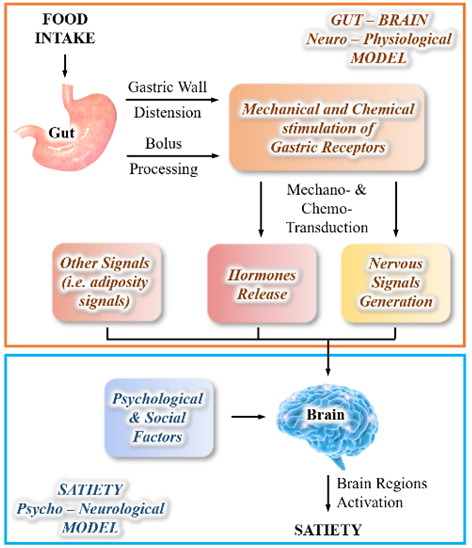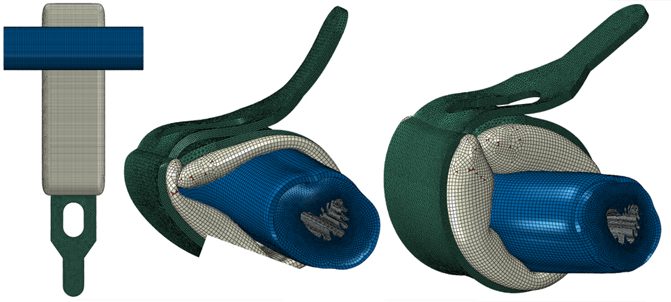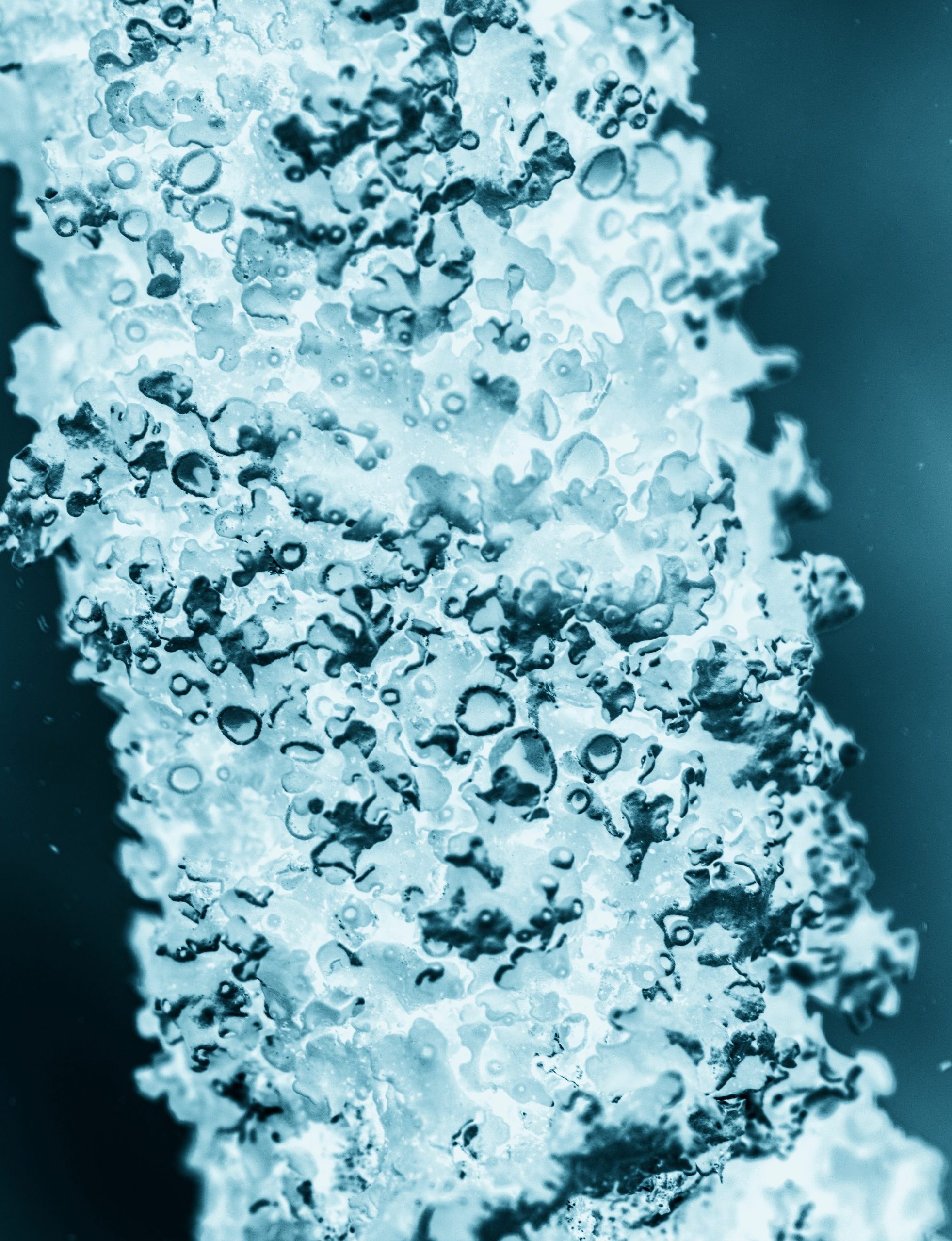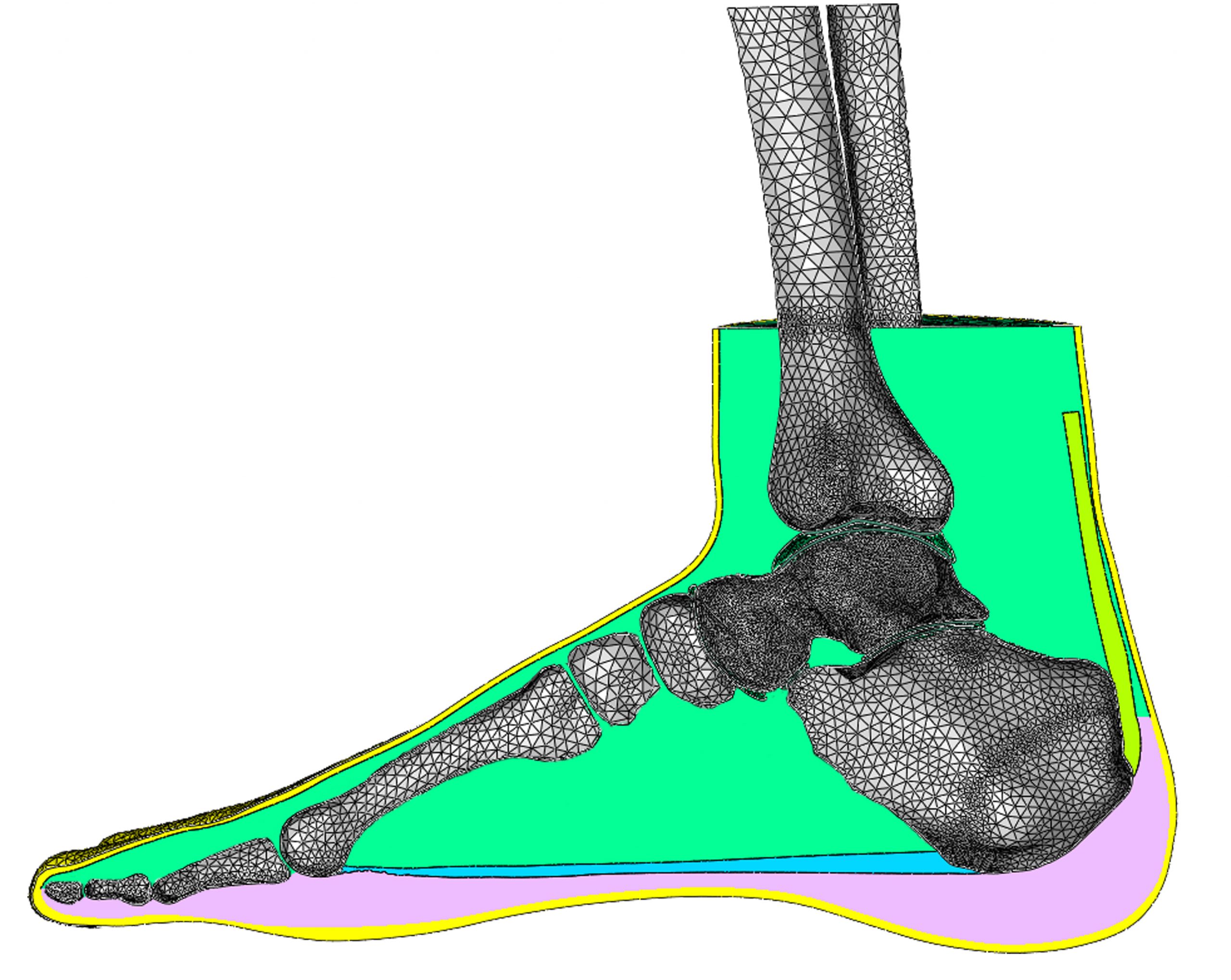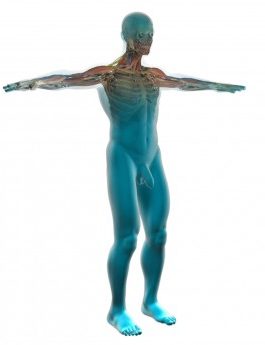Current Research Topics
Gastrointestinal mechano-biology
The activities aim at providing revolutionary tools for patients submitted to bariatric surgery. The novel paradigm consists in the actual comprehension of the mechanisms of satiety and satiation, requiring modelling activities but also experimental and clinical efforts for data acquisition and model’s validation.
PATIENT-SPECIFIC COMPUTATIONAL MODELING
Computational tools will be developed and validated aiming to provide surgeons with a reliable aid for the pre-surgical effectiveness forecast of the intervention.
The developed tools will further continuously monitor patients and their habits, aiming at providing nutritional and behavioral corrections.
Cardiac Tissue Mechanics
Cardiac tissue engineering strategies are based on the development of functional models of heart muscle in vitro. The evaluation of the feasibility of different tissue engineering platforms to support the formation of heart muscle can be carried out in silico by a quantitative analysis of cardiomyocytes contractility.
COMPUTATIONAL MODELLING OF CARDIOMYOCYTES CONTRACTION FOR REGENERATIVE MEDICINE
Finite Element (FE) models are developed to simulate the active contractile behavior of cardiomyocytes and to compare numerical results with experimental data on human embryonic stem cell-derived cardiomyocytes, estimating the forces exerted by cardiomyocytes on hydrogel scaffolds.
Biomechanical tools for urology
The activities aim at providing a revolutionary approach to devices and procedures for the treatment of urinary incontinence, considering both the maximization of devices effectiveness and the minimization of side-effects and device failure. Coupled bioengineering and biomedical techniques are exploited to provide rational criteria and specific tools for the investigation of artificial urinary sphincter functionality and its subsequent optimization.
MECHANICAL TESTING
Experimental tools are developed to analyze the artificial urinary sphincter environment, as the relationships between lower urinary tract conformation, bladder pressure, artificial urinary sphincter action and urine flow.
COMPUTATIONAL TOOLS
Computational tools will be exploited to investigate strengths and weaknesses of current artificial urinary sphincter and to design optimized devices.
Hydrogels for soft tissue engineering
Hydrogels have shown great potential in several biomedical applications due to their structural similarities to the extracellular matrix of native living tissues. Due to their ability to absorb large amounts of water, they present physicochemical and mechanical properties comparable with those of many soft tissues.
MECHANICAL TESTING OF NATIVE AND PARTIALLY-OXIDIZED POLYVINYL ALCOHOL
PVA hydrogels are characterized by means of tensile, indentation, consolidation and friction tests, to evaluate their mechanical properties for different applications (e.g., neural conduits, artificial cartilage), also considering the time-dependent mechanical response.
POROVISCOELASTIC CONSTITUTIVE MODELING
Poroviscoelastic constitutive models are developed to describe the time-dependent mechanical response, accounting for the viscoelastic polymer matrix properties and the flow of water molecules within the matrix during long-term compression. These models can be exploited to evaluate the performances of PVA hydrogels in vivo, considering different loading conditions.
Corneal regeneration
The activities are focused on the investigation of the mechanical behavior of corneal tissue to evaluate the microstructural alterations induced by pathologies, and the reliability and efficacy of traditional/innovative therapies as alternative to keratoplasty.
MECHANICAL TESTING
Sub-structural (uni-axial tensile) and structural (inflation) tests are performed to get an insight on the structural strengthen in the tissue healing process. In particular, cross-linking and plasma treatments are under investigation.
COMPUTATIONAL TOOLS
Computational analyses are developed to extend the experimental results to a wider plethora of diseases that could affect the cornea, by varying shape conformation, tissue properties and intraocular pressure loads.
Human joint mechanics
Every day human foot and knee are exposed to several stresses caused by daily repetitive action and their tissues are often affected by muscle-skeletal pathologies, trauma or diseases. One of the most promising tools to study both healthy and pathological tissues is in silico medicine, which uses methods of computational mechanics in the diagnosis, prevention or treatment of diseases, as well as in providing information on surgical procedures and prosthetic devices.
HUMAN TISSUES MECHANICS
Experimental tests are performed to analyse the mechanical behaviour of human soft tissues and to assess their mechanical properties. Tensile, compression and shear tests are performed on adipose tissue, plantar fascia, tendons and skin regarding the human foot, and on local fat pads, menisci and cartilage concerning the knee joint.
FINITE ELEMENT ANALYSIS
Computational models are used for clinical and industrial purposes. In the first case, the finite element model can help clinicians in planning and simulating e.g. joint replacement surgery, in the second one it is helpful to evaluate the interaction between prosthesis/orthosis and the surrounding tissues, to improve and optimize the products.
Biomechanics of fascial systems in different clinical conditions
In recent decades, the fascial system has been shown to play a key role in various musculoskeletal pathologies. The aim of our activities is to investigate the biomechanics of these tissues to understand their implications in clinical conditions. The integration of different approaches, from mechanical testing to artificial intelligence, is essential for a 360° characterization of fascial tissues towards in-silico modeling. These findings are needed in the clinical setting to plan appropriate interventions for personalized treatments.
MECHANICAL TESTING IN PHYSIOLOGICAL AND PATHOLOGICAL CONDITIONS
The various substrates of the fascial system are characterized by tensile testing protocols to simulate the load of daily activities. The biomechanical properties of these connective tissues reveal their structures and mirror the effects of mechanotransduction from in vivo forces. These results support the definition of constitutive models of the fascial system in a variety of clinical conditions.
ARTIFICIAL INTELLIGENZE PARADIGM TO COMPLEMENT CLINICAL ROUTINE
Clinical needs for automated tools to accelerate and improve the accuracy of medical care trigger the application of artificial intelligence approaches to bioimaging to exploit the definition of new biomarkers and define objectifiable indices before or after treatments.
COLLABORATION
The research on the fascial system is developed in collaboration with the group of Prof. Carla Stecco of the Department of Neurosciences of the University of Padua.
